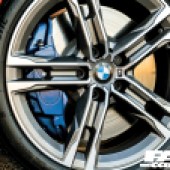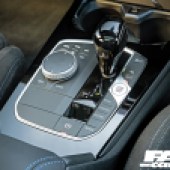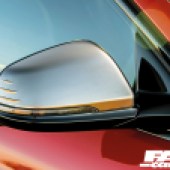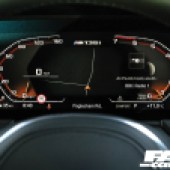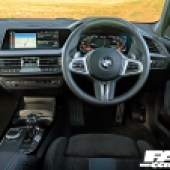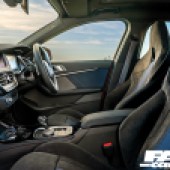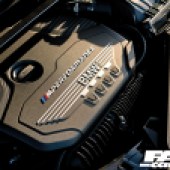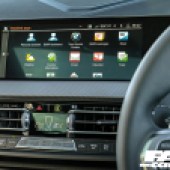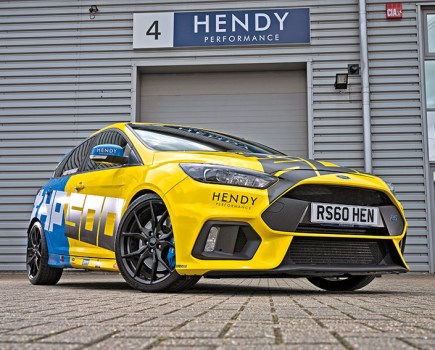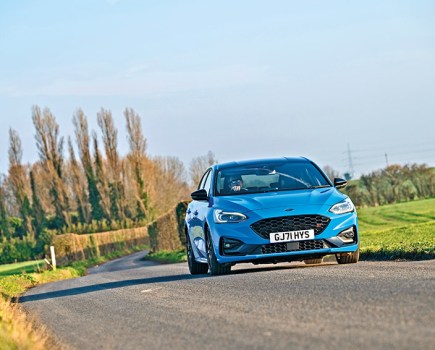Out goes six-cylinders and rear-wheel drive in favour of BMW’s most powerful four-pot and all-wheel drive. Welcome to the new hot One, the BMW M135i xDrive.
Review taken from Performance BMW. Words: Bob Harper. Photos: BMW.
There have been plenty of moments over the last few years that some of us in the BMW community have found hard to swallow. The loss of the naturally aspirated engine, the gradual demise of the manual gearbox, the increasing use of four-wheel drive and the move to a front-wheel drive platform for its smaller cars. Should we be worried?
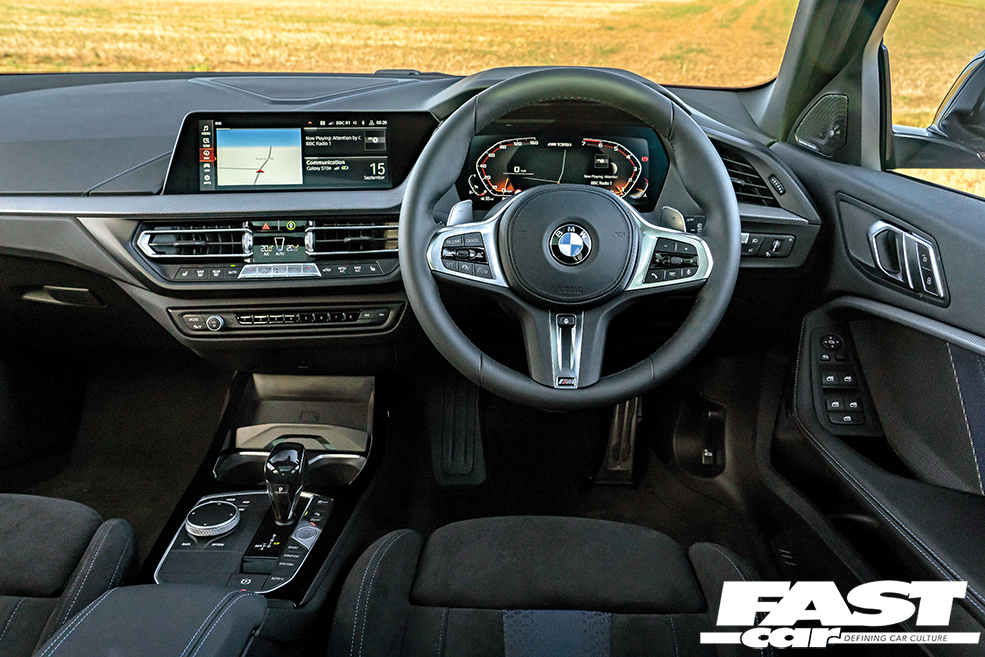
The new 1 Series is a case in point. Front-wheel drive, three-pot motors for much of the range and the loss of the sonorous straight-six in the range-topping model. While this might be an issue for those of us interested in vehicle dynamics, the change to front-wheel drive was a no-brainer for BMW. Previous generations of the 1 Series might have been the driver’s choice in the hatchback sector but it simply didn’t match the competition in the interior or luggage space stakes and with the F40 generation BMW has addressed these issues. Research also suggests that the vast majority of buyers simply don’t care which are the driven wheels.
While this is all well and good for the majority of 1 Series sales where does this leave the top dog, the BMW M135i? The M140i was a much-loved and seriously enjoyable back road weapon – can a front-drive-based four-pot version garner the same enthusiasm? The vital stats don’t bode well with the BMW M135i xDrive offering 306hp and 332lb ft of torque – 34hp and 37lb ft less than the M140i. Performance is similar, with the M135i posting a 4.8-second 0-62mph time versus 4.6 seconds for the older car with the eight-speed auto. And that might be a another bone of contention for the M135i – it only comes as an auto and with xDrive four-wheel drive – the outgoing machine could be specced as a manual, and in the UK was rear-drive only.
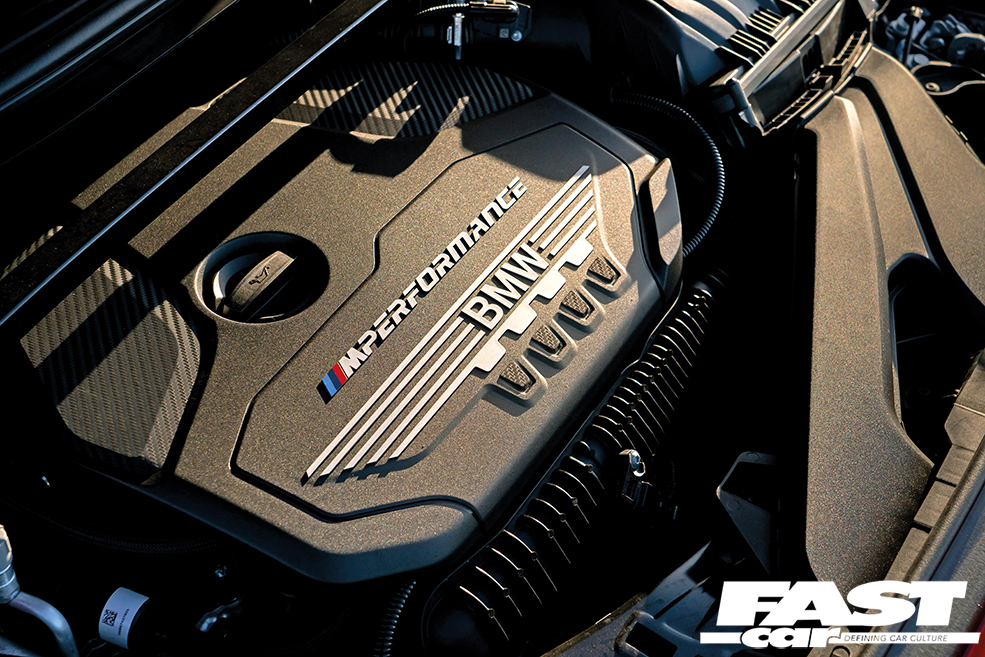
So much for the on-paper stats, what about in the flesh? Beauty is in the eye of the beholder so we won’t say too much about the styling, but to our eyes it’s a relatively generic hatchback shape with a shorter bonnet than before and a set of kidney grilles that only a mother could love. It is appreciably roomier though, especially in the back, and the boot’s now the same size as a Golf and an A3 and 20-litres up on an A-Class.
The interior has a nice ambiance too, and the bespoke sports seats are comfortable and supportive with a mix of cloth and Alcantara upholstery. There’s plenty of kit in the M135i with BMW’s Live Cockpit Professional being standard fitment, which brings widescreen nav, the latest operating system, the digital instrument cluster as seen on higher-end models, and the ability to talk to your
car via the ‘Hey BMW’ function if that’s your thing.
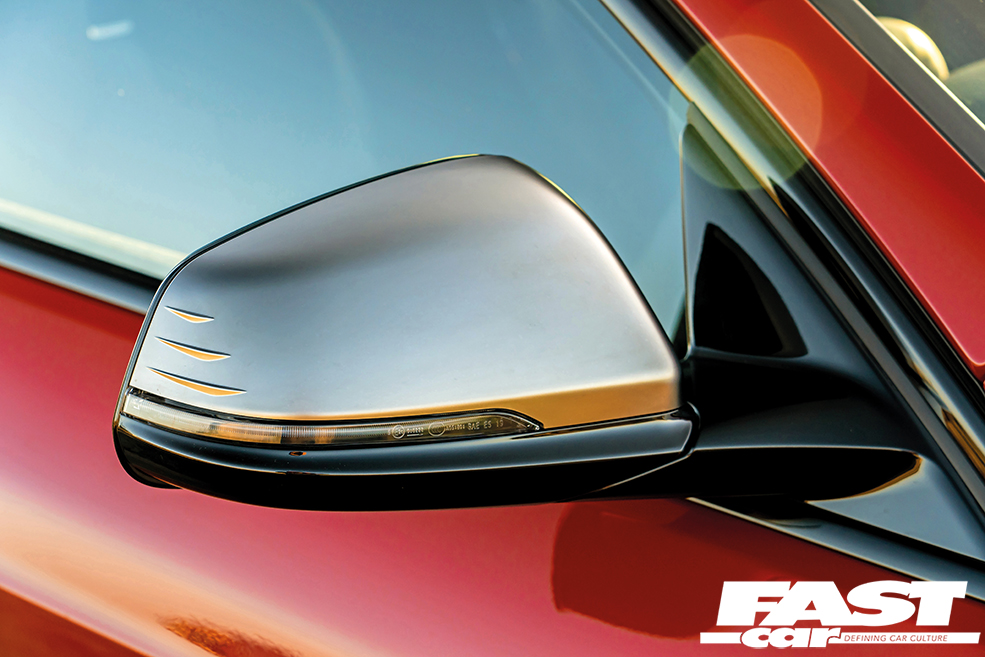
But enough of all that, what’s it like to drive? A four-cylinder, even with a digital sound enhancer, is never going to sound as inspiring as a ’six but BMW does seem to have done a pretty good job, with the M135i sounding suitably raunchy with pops and bangs from the exhaust when you rev it, and once on the open road it’s pretty punchy too. As with many BMWs the driving mode is important – it feels a little lazy in Comfort mode, with the gearbox in particular taking a little longer to drop a cog when you ask for full bore acceleration, but ramp it up to Sport and it takes on a much better persona. Throttle response is improved and the gearbox feels noticeably more alive, although still not as sharp as in the M140i – the M135i can’t use the ZF eight-speeder that works so well in the rest of the range thanks to its transverse engine layout and instead uses a different eight-speeder made by Aisin.
There’s no getting away from the M135i’s cross-country pace, though, and while the vital stats might just favour the M140i there would be very little in it on a demanding back road. While the swap to all-wheel drive might not be the purists’ preference, or the choice of those who enjoy a sideways cornering attitude, its grip is phenomenal and even in streaming wet conditions it’ll transmit all 300 horses to the road surface without any drama. At the limit there might be the slightest grabbing feeling through the steering as it scrabbles for grip, but the standard fit limited-slip differential on the front axle and BMW’s new (for combustion engine cars, it’s been used before on the i3) ARB tech, which brakes the inside wheels when cornering to mitigate against understeer, work really well. And talking of brakes, the standard-fit M Sport stoppers do haul it up impressively and inspire confidence.
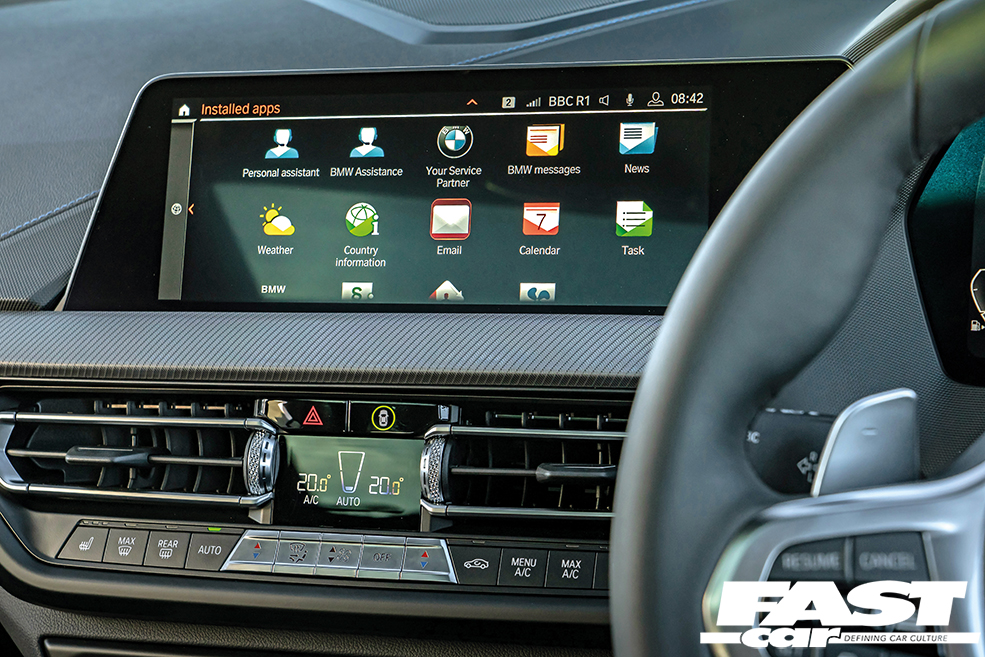
Ultimately, it’s perhaps not quite as entertaining as the M140i, but on a wet back road chances are it’ll be a hell of a lot quicker. The M135i does feel a little different to a normal BMW xDrive offering, though, as it can only send a maximum of 50% of its power to the rear wheels whereas in the bigger models up to 100% can be directed rearward. It’ll cover the ground quickly, but the overriding impression is of a very quick front-wheel drive machine that’s getting some assistance from the rear rather than the other way round.
Downsides? The interior is perhaps a little busy – there are a huge number of different trim textures and finishes in there and the gear lever is too short, especially when you want to rapidly knock it over to the left to engage the gearbox’s Sport or manual mode. Our car had the optional dampers which felt good in all modes and at £500 aren’t too expensive either, although they can’t be paired with the optional 19” rims for some reason.
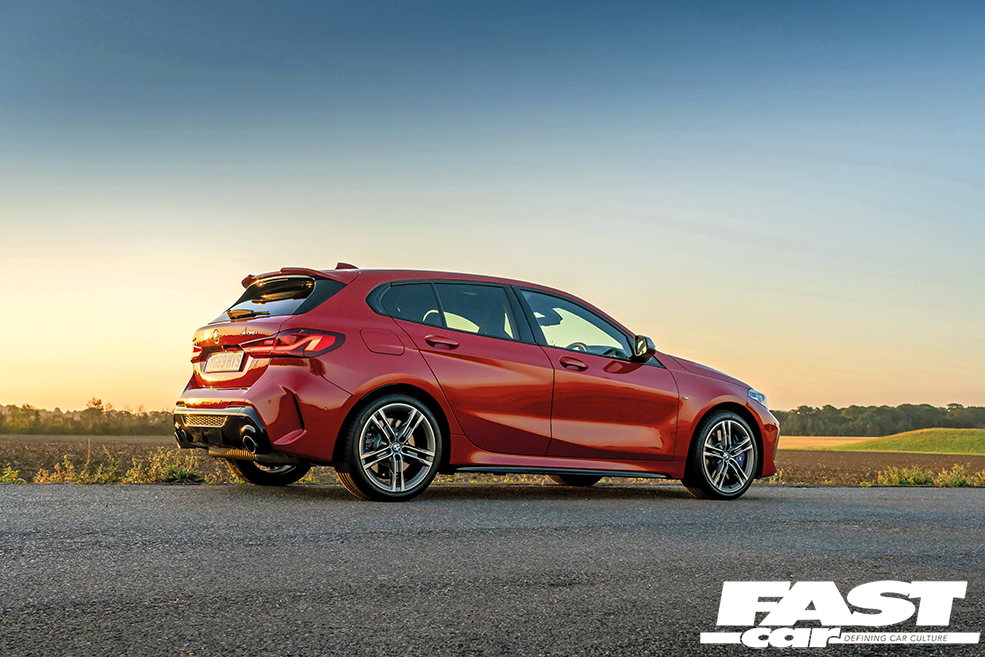
If you’re after a seriously rapid hatch that’s supremely surefooted and still an engaging drive the BMW M135i xDrive could well be the machine for you. Is it better than before? Perhaps, perhaps not, but it offers a very different skill set and is none the worse for it.


